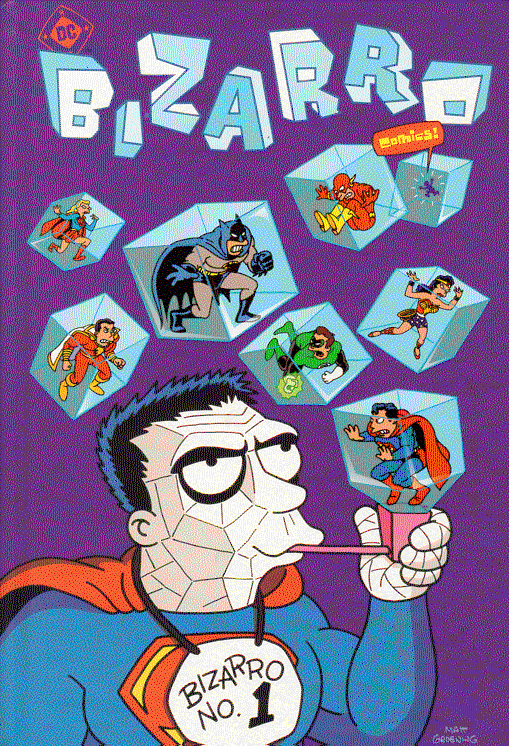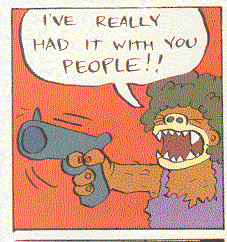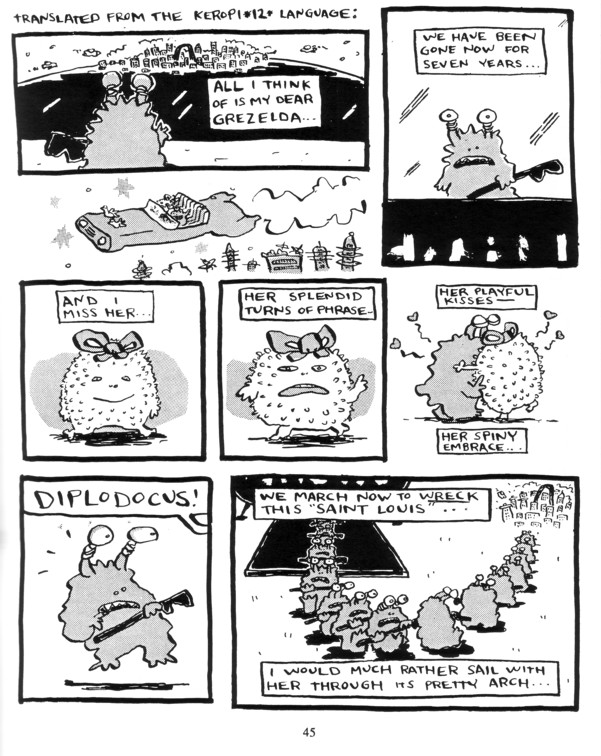
Crum Bums Episode One
I know, this book is supposed to be out sometime this summer as a complete work, not just the little preview that I got. Still, reviewing the start of it should give you some vague idea of whether or not it’s worth getting, right? Episode one has 64 pages I believe (out of a projected 160 for the final book, so you’re still getting more than a third of the story) and is another one of those wordless comics, much like his previous work Cave In. I don’t know why, but I’d been avoiding the wordless minis and books up until recently. Some kind of ridiculous idea that if I’m going to spend my hard earned money than I at least want to do it on something that’s going to take me more than five minutes to read. And there’s something to be said for a mini that’s packed full of words like The Assassin and the Wanderer(there’s a review of that up on another part of my page), no doubt about it.

The thing about the best wordless minis is that they have their own unique charm. Sure, they could put word balloons and tell you exactly what is happening in every panel, but that takes all the fun out of it in cases like this. Crum Bums is basically the story of a boy who finds a harmonica in a post-apocalyptic (I’m guessing here) world. There’s also a little bit in the middle about a monkey wearing a backpack that I’m going to assume will make more sense in the finished product. Overall, honestly, I’m not sure I can recommend this book. Which is fine, because I’m not sure that you could get a copy of it anyway. BUT it did make me wonder what happens next and what a few things in the mini mean. The old man, the monkey, the street gangs, pretty much everything. The problem with a lot of the “big name” comics is that there’s no reason at all to read the individual issues. Eightball lately (although apparently the next issue is going to stand alone), Louis Riel by Chester Brown, Palookaville by Seth… I think the only reason anybody reads these books when they come out is that it often takes these artists six months to a year to get an issue out, and the people who do like their work are starved for it by the time an issue comes out. And it’s certainly good work, in some cases the best around. But if you’re not dying to see something new from these people, a little taste of the latest graphic novel, then you might as well wait. That’s where this issue falls. Interesting, compelling… and incomplete.




 Posted by Kevin
Posted by Kevin 









